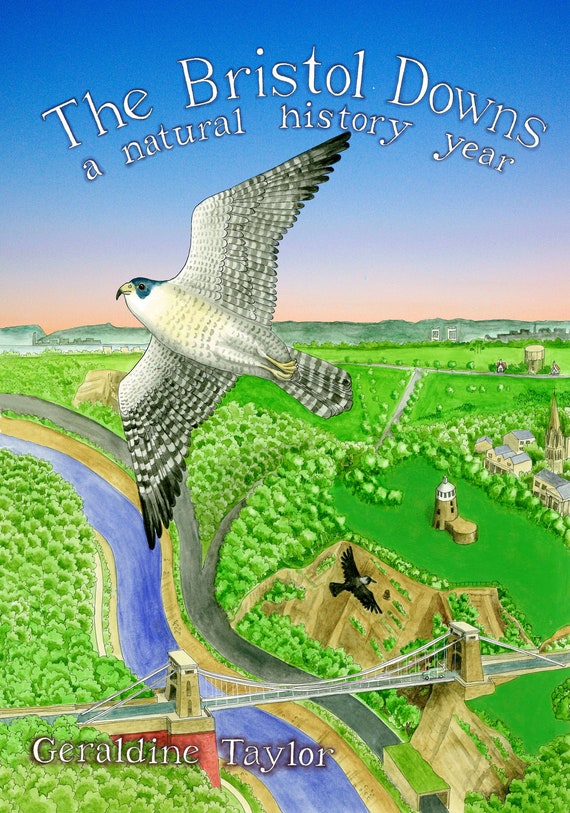Werburgh had trouble with geese ravaging her fields, so she shut them up in a pen overnight as a punishment. The next day she let them out and gave them a bit of a telling-off. "I like you geese," she said, "but you're just too greedy! Keep this up and there won't be any wheat left for the village. Please go away and eat samphire or something, like you're supposed to."
So off they went; but in next to no time, they'd come back again, kicking up a clamour outside the farmhouse door. Geese are really good at clamour, too, when they want to be.
"Big Grendel's missing!" they said. "What've you done with him?"
Werburgh was mystified. She looked around the farm, and found that Gurth the swineherd had killed and eaten the unfortunate Grendel.
"That was a bit naughty, Gurth", she said. "And rather greedy too. You ate the whole goose?"
Gurth looked shifty.
"Bring out what's left, if you don't mind," said Werburgh.
Gurth shuffled out into the field with a plate of last night's leftovers. He took care not to look the other geese in the eye, and it was probably just as well. If looks could kill....
Fortunately, Werburgh had a miracle up her sleeve. She gently placed the bits on the ground, and moved her hands over them as though describing a goose shape. And there was Big Grendel, good as new, and looking slightly startled for once in his life. The geese, who'd seen the Northern Lights plenty of times in their travels, agreed that this beat everything they'd seen yet.
"Non nobis, non nobis, DomineSed nomini tuo da gloriam"
...said Werburgh, who'd been well brought up.
"Thanks, Werburgh!" chorused the geese. "We'll not trouble you again!"
And, circling the farm one last time, they formed a loose V, dipped their wings in salute, and flew off into the west. And that was the last that was seen of them.
(I have a print of this picture in my Etsy shop)
http://www.pilgrimsandposies.co.uk/st_werburgh.htmhttp://www.pilgrimsandposies.co.uk/st_werburgh.htm

